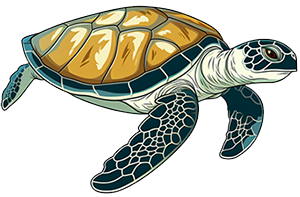Search results for: “system”
-

Case Study – A Tiny Heart (old version)
Students examine the symptoms of a newborn baby who has a problem with his heart and suggest treatment options.
-
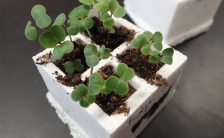
AP Biology – Investigation on Genetics with Plants
A modified AP Lab where students learn to grow plants from a seed, cross pollinate plants and conduct an inquiry investigation about plant genetics.
-
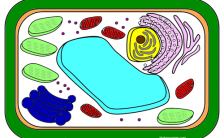
Color a Plant Cell and Identify Functions
Students learn the structures found in a plant cell by coloring them according to directions.
-
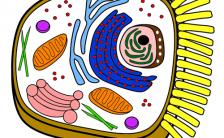
Color a Typical Animal Cell
This worksheet requires students to color a drawing of animal cell according to directions, intended as practice or reinforcement for a unit on cell biology.
-
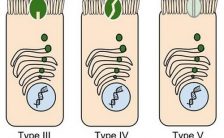
Case Study – Cystic Fibrosis
This case study explores the relationship between the cell membrane and breathing difficulties that occur as a result of the genetic disorder cystic fibrosis.
-
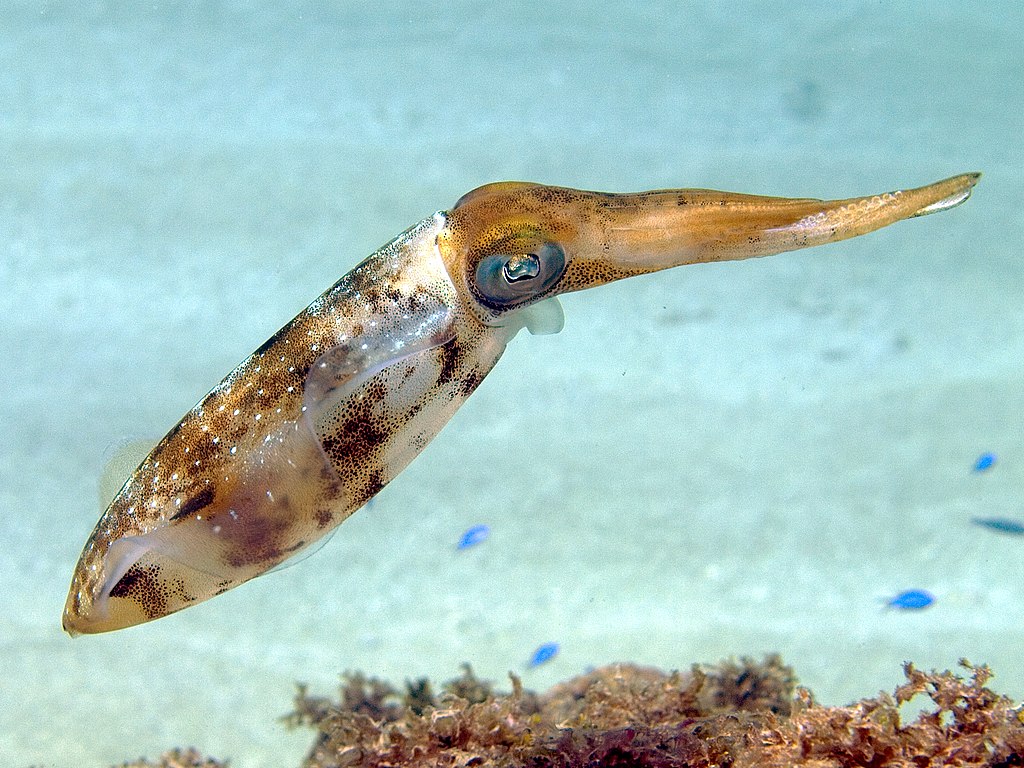
Squid Dissection for Beginners
External and internal anatomy of the squid with directions for dissection and identifying structures.
-

Investigation: Modeling Diffusion
This inquiry investigation requires students to cut agar into 3 shapes (small, medium, large) and compare the rates of diffusion.
-
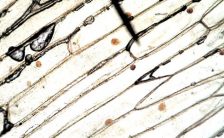
Comparing Plant Cells
Students observe onion cells and elodea cells using the light microscope. Students compare structures found in each type of cell and create drawings.
-

Observing Human Cheek Cells with a Microscope
In this lab, students use a toothpick to get a sample of cells from the insides of their cheek, stained with methylene blue.
-
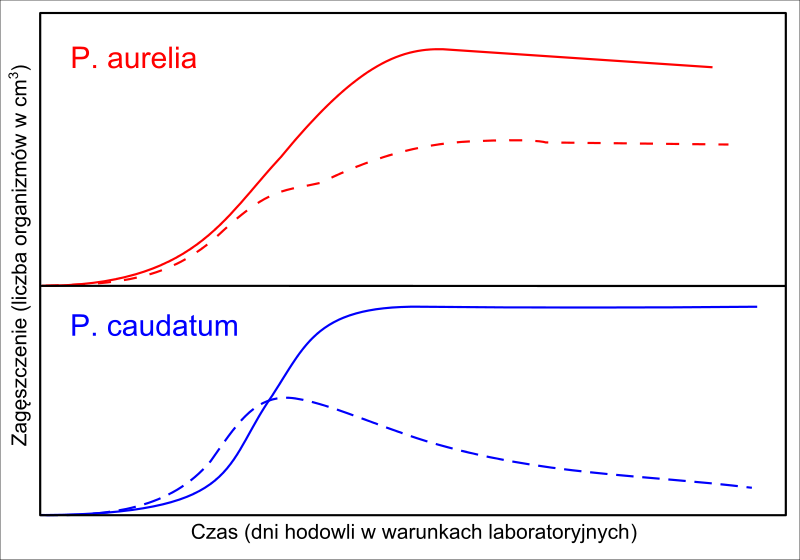
Population Biology with Paramecium
Activity illustrates the competitive exclusion principle by showing students how each population behaves when grown alone or when mixed together.
-
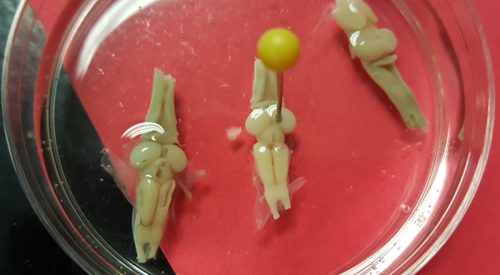
Removal of the Frog’s Brain
This worksheet provides instruction for removing the brain and reveal the lower leg bones, which include the femur and the tibiofibula (fused tibia and fibula).
-
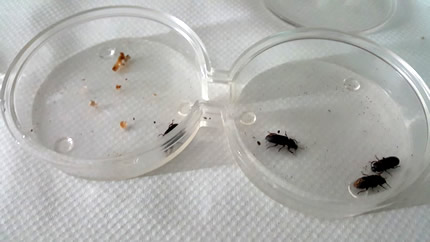
Case Study – Investigation of Animal Behavior
The goal is for students to develop a basic understanding about how animal models are used to study behavior and how behavior can be explained from an evolutionary perspective.
-
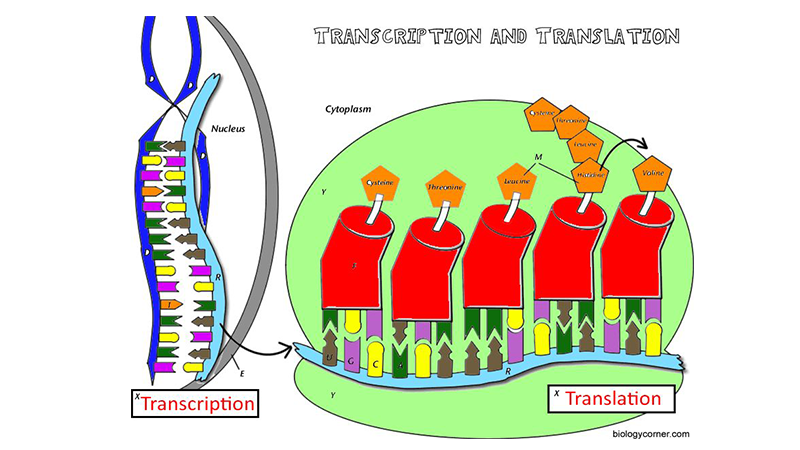
Learn Transcription and Translation by Coloring
Graphic shows the process of transcription and translation. Color the parts of the model as your learn about them!
-

Teaching Resources: Fetal Pig Dissection
Worksheet includes instructions for dissection with descriptions of the organs students will locate; includes diagrams to label.
